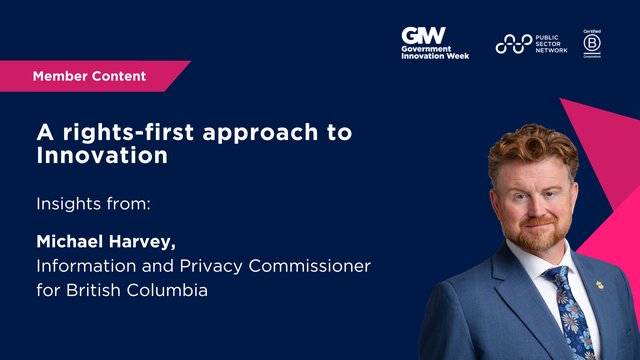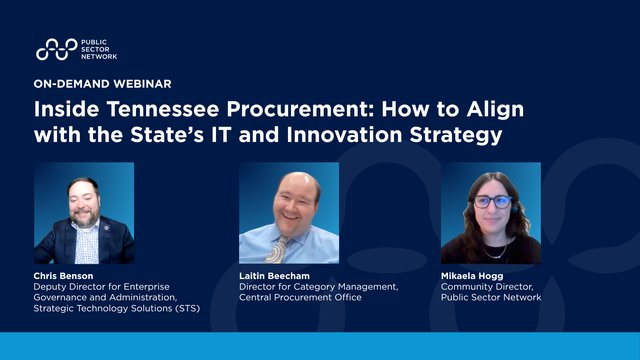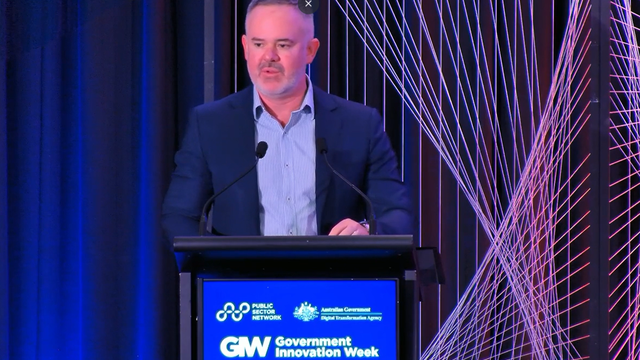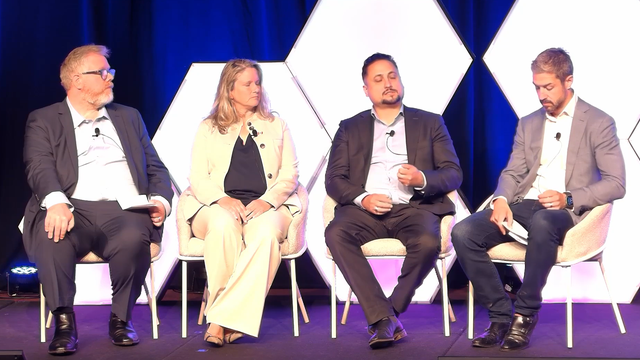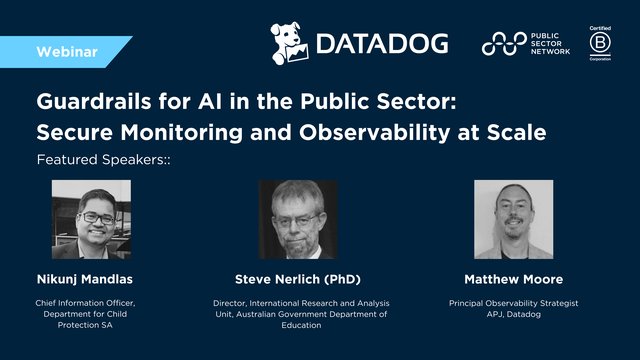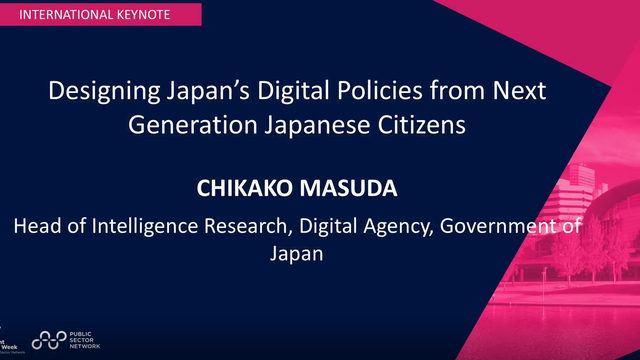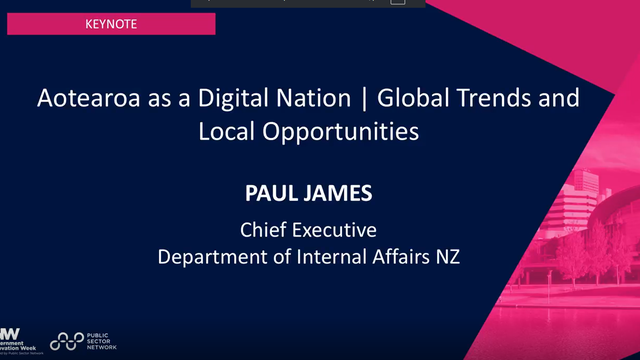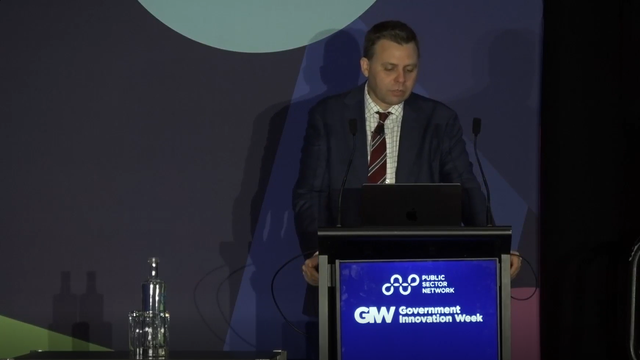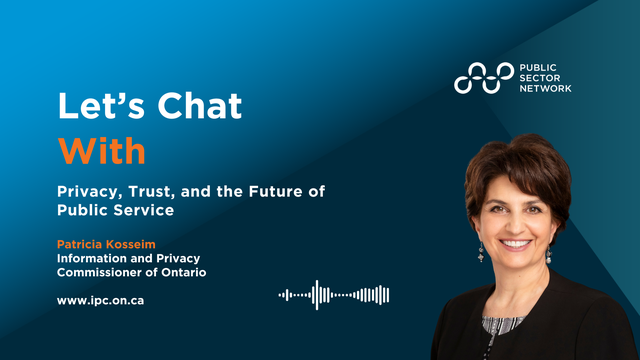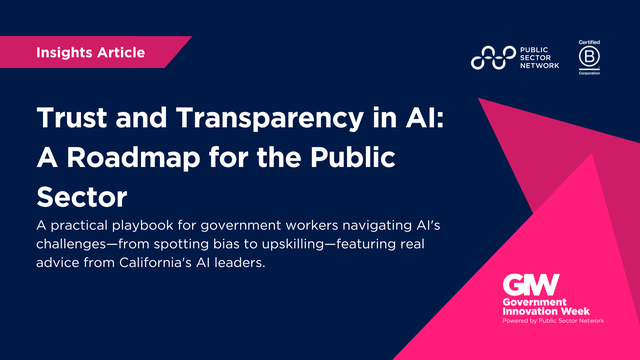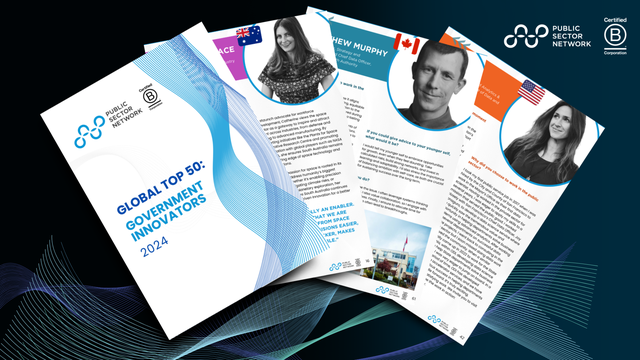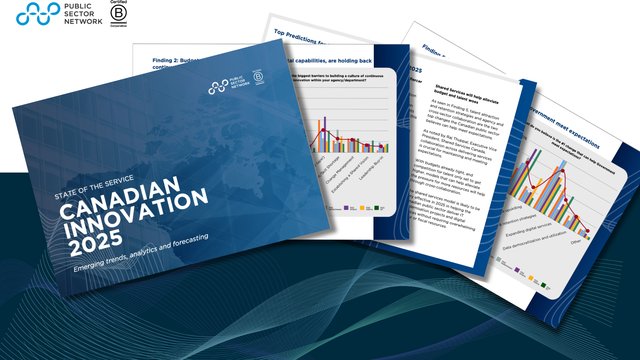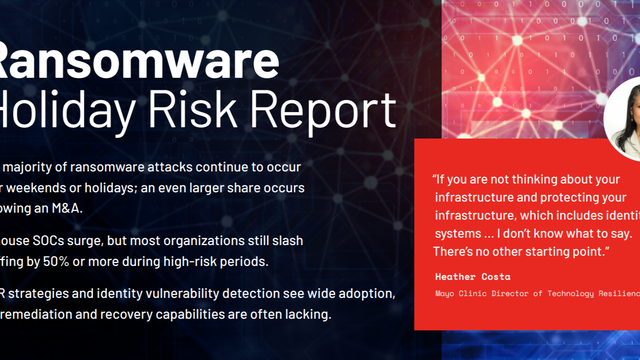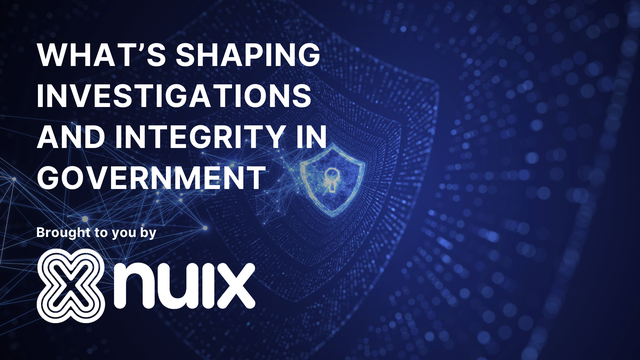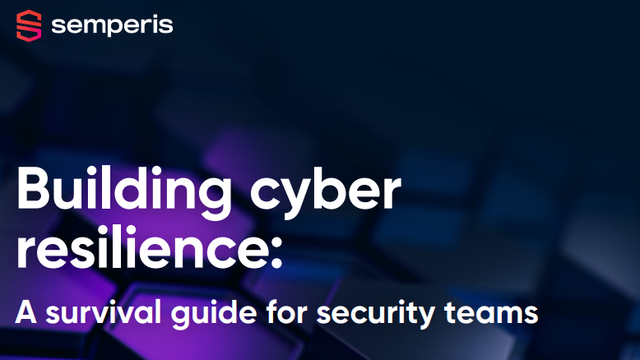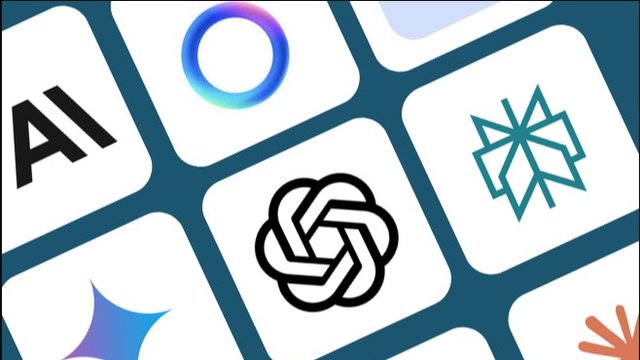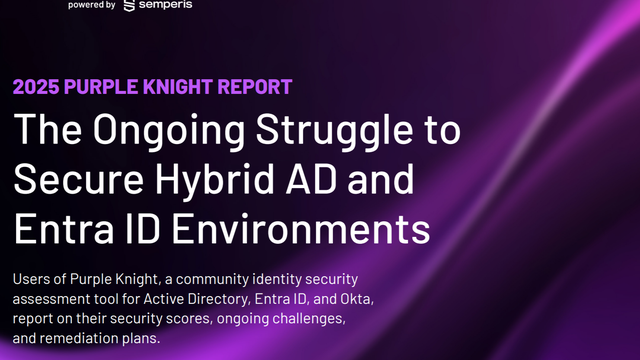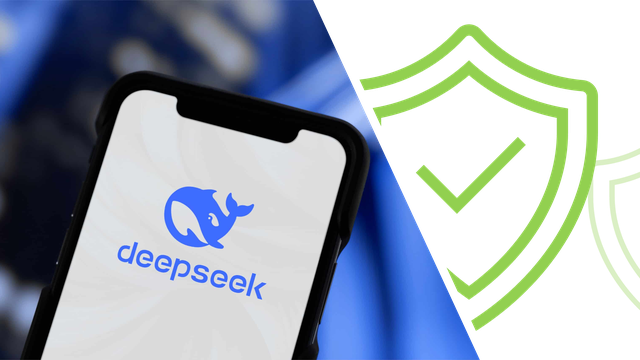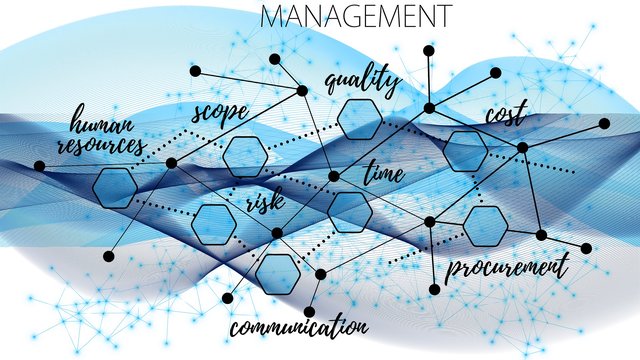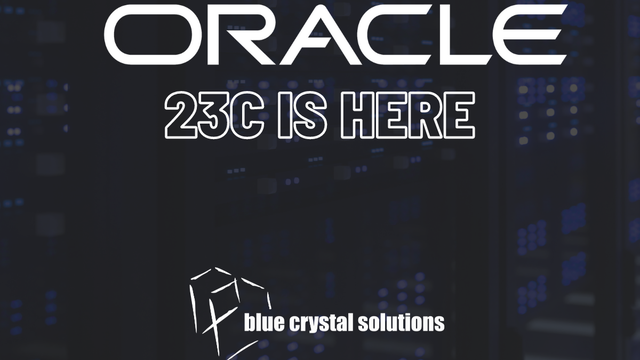
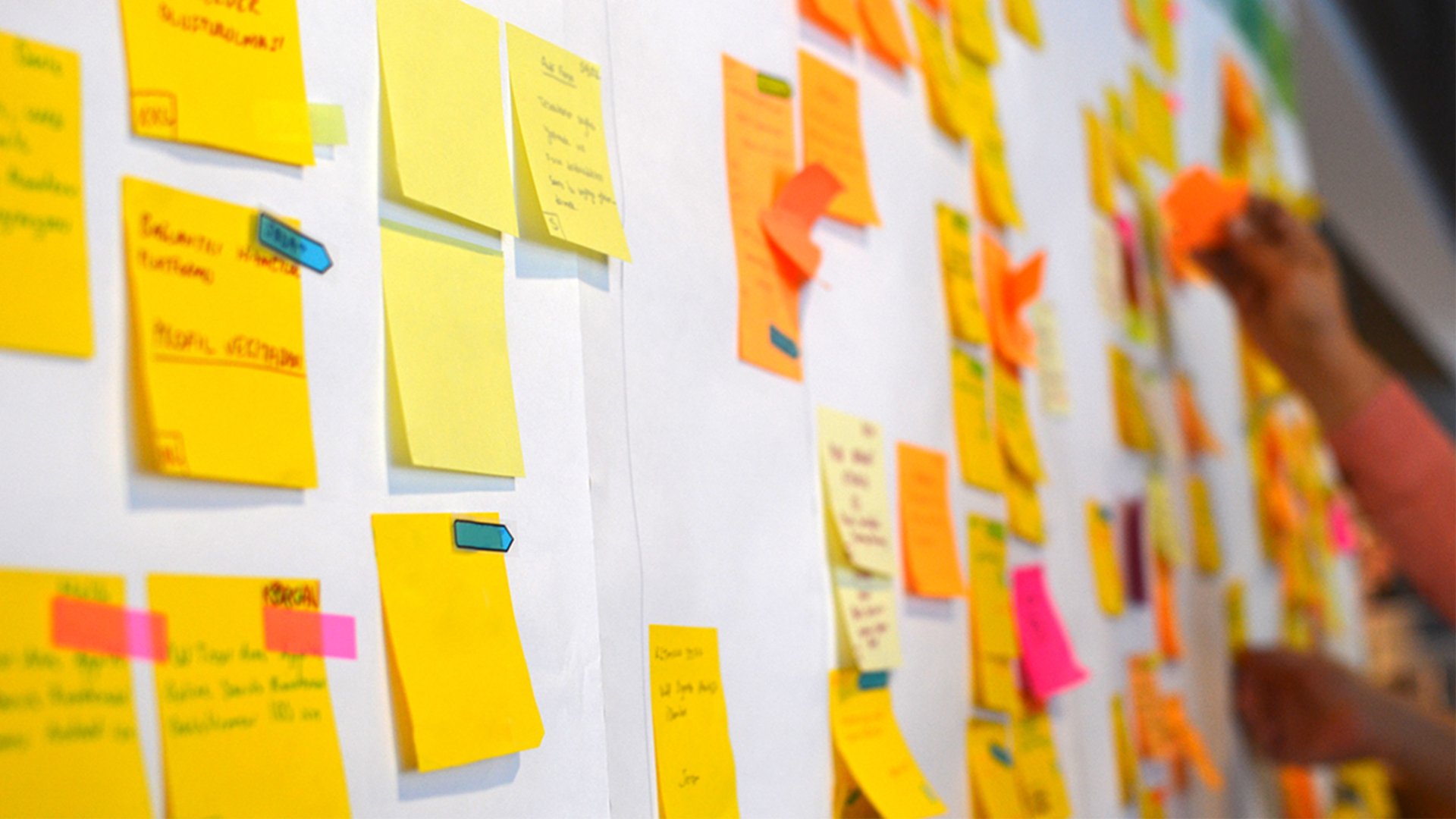
Overview
Queensland Government had embarked on an ambitious human-centred, digitally enabled transformation and recognised that developing innovative strategic thinking capability across the organisation would be a critical enabler.
The small central team realised that a new approach was required, one that created a safe space to conceive and apply innovation and challenge conventional approaches. One that could inspire and show what was possible and how to get there. One that built buy-in and momentum for change. This was an ambitious goal, made harder because the central team had to influence other departments to collaborate.
So, trying to break new ground, in 2016 Queensland Government partnered with the recently established team at the Queensland University of Technology Chair in Digital Economy and Liquid to design and trial a series of innovation sprints. This was, in itself, innovation at work.
These NextGen sprints were more successful than anyone expected. The original commission was for three two-week sprints, and that expanded to a total of eight sprints over nine months due to the success of the approach. Since then, it’s continued to roll out as a tried and tested approach and each sprint has spawned new projects or initiatives across Government.
During the trial a broad range of topics and challenges were tested. The briefs became increasingly esoteric as we pushed to see if there was a limit to the type of problem an innovation sprint could solve.
However, every sprint felt in some way like a bold leap that could have gone horribly wrong. With this insight, this article shares practical insights and learnings from the trial, demonstrating how innovation sprints can be a powerful tool for organisations to explore new approaches and achieve ambitious goals.
Making a breakthrough, but keeping it real
The purpose of an innovation sprint should be to achieve a breakthrough on a previously intractable problem. But a breakthrough is not a breakthrough if it’s not practical.
Our acid test was achievability: we wanted to not only produce a breakthrough conceptual solution but also demonstrate that it was technically and organisationally achievable, and progress could be made in the next 100 days.

This is why so many of our sprints produced working code when mock-ups might otherwise have sufficed: the code was created to demonstrate technical achievability.
For instance, when designing a decision support tool for customers starting a small business, it would have been easy to create a clickable mock-up, but we wouldn’t have had confirmation that the right data could be scraped from government websites or that the underlying decision tree model would allow independent curation from government agencies.
Without this confirmation, it would have been all too easy for other stakeholders to dismiss the concept as mere fantasy and return to business as usual. But by building an actual decision-tree service with its own branch-and-node content management system, the team proved that the approach was technically achievable, and that progress didn’t need to take years. We proved that under the right circumstances, meaningful progress could be achieved in weeks.
Even where the sprints focused on communications, content and strategy, rather than software, we demonstrated achievability by breaking the strategy into small, simple steps and providing samples for every step.
These samples not only proved that the strategy was achievable, but also exactly what it should look like when executed. This is important because the biggest problem that strategic sprints run into isn't people saying, “that can’t be done” – it’s people saying, “we’re already doing that”.
Often the difference lies in the execution – not what’s being done, but how it's being done.
Team composition
The NextGen sprints had a team structure that fostered collaboration across government, academia and industry.
The core team consisted of seven people:
- one person from government (project management and stakeholder engagement)
- two people from QUT (research and workshop facilitation)
- four people from Liquid (strategy, content, design and development).
In addition, depending on the brief, a small number of people from relevant departments were included in the core team.
There were many supporting contributors from all three organisations. Some joined the sprint full-time, some stepped in to help with ad hoc requests. Sometimes the core team grew slightly bigger, sometimes smaller; sometimes it was heavily technical, sometimes creative, sometimes analytical; it all depended on the sprint. It was essential that the team could judge its own progress and call in the right kind of support when needed.
While everyone had a specific responsibility, there were a range of design, strategy and research tasks that overlapped across the team – and it was in this cross-disciplinary flow that the breakthroughs happened.
The importance of team chemistry
A regular topic of discussion in the NextGen sprints was the chemistry of the team, and how to maintain it as team members came and went.
What seemed to be crucial was that everyone in the team bought into the culture of the sprint, which was about speed, ambition, flexibility, collaboration, pragmatism, openness and respect.
The sprint room was a safe space: everyone needed to be free to say what was on their mind, and have their thoughts treated with consideration and respect.

Flexibility
Not only did every sprint have a different brief, but the needs within each sprint changed daily. Some people found this energising, others exhausting, but everyone needed to be able to pivot and change direction quickly.
It wasn’t enough to be willing to change direction; we had to be able to change direction, which we achieved by having team members with the right breadth of skills and experience included in the sprint.
Structure
Each NextGen sprint followed the same broad structure:
Week prior: Prep and customer research
Day 1: Discovery workshop
Day 2: Lock down the overall solution and get something into development
Days 3 to 9: Design, develop and continually user test the solution
Day 10: Show and tell
Week post: Documentation and handover
Preparation week
Prior to Day 1 we allowed a week of preparation with a smaller team.
A key task for this group was talking with stakeholders to get a sense of what they wanted to achieve. The sprints were commissioned to achieve “out of the box thinking” and as such, our stakeholders often avoided being specific in their requests to ensure they didn’t skew the thinking of the team. Our experience was that the sprints often ran better when all ideas were on the table, and so we encouraged stakeholders to share what they wanted to achieve and their existing ideas.
Another task was finding and interviewing customers who were experiencing the problem to be solved. Ideally, we conducted video interviews and presented edited versions in the discovery workshop to act as provocations.
The final task of the preparation week was to design activities for the discovery workshop.
This was less about making elaborate activities and more about making sure we had the right problems, examples and prompts, that we were asking the right questions, and that we had invited the right participants.
The discovery workshop
The goal of the discovery workshop was to have different people, who might never have met before, to contribute their thoughts, experience and possible solutions for the given problem. This also helped bring the sprint team up to speed.
The better the preparation and framing of the problem, the better the workshop.
The best formula was to present a challenging situation, and then workshop activities that explored the situation and produced alternatives. The discussions were often surprising and went off course. This was conducive to the workshop goals, but only if the group continually referred to concrete people and problems.
Often all the ideas we needed to create an effective solution were identified right at the start, just waiting for synthesis.
Lock-down, design and development
On a development-heavy sprint, it was important to lock down a design that could go into development in the first two or three days, otherwise we wound up with developers without anything to do for the first week and staying up all night for the second week. As such, design would continue throughout the sprint, but development worked with a locked first draft while design continued iterating mock-ups, and we presented both.
We had an ongoing discussion about whether we should move to a three-week structure, where design was heavy for the first two weeks and development for the last two weeks. However, we never moved to this model, perhaps because we became more disciplined with design lock-downs by day three, and because we were nervous about losing compression.
Check-ins
The sprint team intentionally worked in a skunkworks-style off-site bubble, but it was critical that we didn’t lose contact with reality. Key stakeholders would visit the bubble every couple of days and review the work in progress.
Sometimes these meetings were an enthusiastic validation of everyone’s work, other times they were a source of tension as ideas and reality came into conflict, but they were always helpful and helped the team move forward.
Presentation design
In the first few sprints, our presentations were entirely product-oriented, and we didn’t expend effort in presentation design. We presented a link to a live demo and screenshots.
However, in Sprint 4 we started dealing with problems in organisations and cultures, and techniques like storytelling, illustration and rhetoric became much more important, and the presentations became more elaborate.
We evolved a system where on Day 5 “the presentation” would become a topic of conversation. On Day 6 we developed extended outlines, and by Day 7 we had started preparing assets and slides. Day 9 would turn into an all-hands-on-the-Google-slides affair until the presentation was finished.
Getting the presentation right was about getting the argument right. It was about checking our facts and ideas. It was about making sure the right things were being presented in the right order, at the right level of detail, so the audience understood what we were saying and believed in the course of action we were recommending.
Presentation day
The goal of the presentation was to show the completed work, get feedback, and inspire further action. We would invite everyone who came to the discovery workshop, as well as any new people we met along the way.
Handover week
Finally, we turned to housekeeping. When the sprint was completed, a skeleton crew would write documentation and reports, package up the deliverables and hand over to internal teams.
This was an important part of the process. Even though the giddy magic of the sprint had ended, the handover needed to be completed properly to ensure the sprint was valuable and effective.

Creative desperation
A key theme of nearly every sprint was creative desperation.
Every sprint was different, but because the problems were so complex and the timeframes so short, they all came to share a MacGyver-style race-against-time grab-anything-useful oh-god-let’s-jump kind of vibe.
This creative desperation meant that we didn’t have time to reinvent the wheel; we had to grab the best of what was already out there, or whatever we felt was the most obvious solution. This worked because so often the best new ideas are a novel combination of old ideas.
Sleeping on it
This is an under-rated observation, but “sleeping on it” played a huge role in the outcomes of these sprints.
It’s a typical creative story: working all day with intensive focus on a single complex problem, going to bed thinking about it, and then when you’re having a shower the next morning you’re struck with a sudden insight.
Only certain members of the sprint team slept on it, but you knew who they were because they would burst in late having missed the stand-up to tell everyone we needed to change direction.
Early in the sprint these insights could cause significant changes in direction, but after that they tended to settle down into more modest executional breakthroughs.
Co-location
Co-location is critical to sprint success, but it’s worth understanding why so you don’t get too absolutist about it.
The benefit of co-location is it enables communication by osmosis. Briefings are almost entirely eliminated, and team members simply learn by hearing each other’s conversations. Often changes get made to designs and code without anyone needing to give explicit instructions. If the co-located team is communicating openly and listening to each other, and everyone is empowered to do what they think is best, then information and decisions naturally bubble through.
We should point out that a side-effect of co-location is that the team builds up a depth of tacit knowledge that is hard to capture and transfer to outsiders, which can create a barrier to entry for people who want to dip in and out of the sprint team.
We found there’s no need to mandate that everyone involved must always be co-located. However, you should know who the core team is and make sure they are co-located as much as possible. If you’re mostly part of the core team but not co-located, then you should understand the right times to be in the room, ensuring you get the right information and contribute the best ideas.
The NextGen sprints: A deep dive
The sprint-based service design processes that follow are all similar because they were created from the same atomic parts – cross-disciplinary teams, tough problems, co-location, user empathy, time-boxing and prototyping (all of which are staples of Agile, Lean and Human-Centred Design). Just the specific recipes vary to taste.
Sprint 1: Homelessness
How might we provide emergency housing to break the cycle of poverty, but do it in a way that encourages resilience and independence instead of an ongoing dependency on public services?
Our solution had three layers.
The foundational layer was a personalised dashboard that curated relevant government services – not just static information or links, but live services that the citizen could interact with right there in their account. Crucially, these services would not be limited to emergency housing but would also promote the kind of services that could break the poverty cycle (for instance, job training and unemployment services).
We also prototyped a digital personal assistant that could give you advice when you went through a major life event, such as becoming homeless. We developed a conversational system that aggregated metadata on over 100 housing and homelessness services – including crisis centres, rental support and counselling – and connected a user to the most relevant services depending on their location and need.
The third layer was more speculative: if a user searched for terms such as homeless or emergency housing, could we embed the personal assistant in the knowledge graph results area on Google? (We weren’t entirely sure this was possible, but Google has a history of collaborating with governments on critical keywords, so we mocked up what an end result might look like.)
Sprint 2: Small business
The brief for sprint two was to make it easier to open a café in Queensland – and potentially easier to set up any small business.
Opening a café sounds easy, but the process traverses three tiers of government: state, local and federal, and many separate departments. A prospective café owner might need to complete dozens of applications for licenses and permits, with uncertain costs, wait times and dependencies.
We expanded on our personal assistant ideas from Sprint 1. We demonstrated some basic keyword substitution to interpret user questions at the start, then stepped the user through a series of questions about what they wanted to do in their café.
As users answered each question, the assistant would collect the relevant licenses and permits for them, and provided a summary of each, with links to further details that could be bookmarked for reference.
Since one of the biggest complaints from café owners was that they didn’t know how long the whole process would take or how much it cost, the prototype provided estimates of both time and cost based on the user selections.
Again, this prototype wasn’t just a clickable mock-up. The team created a decision tree content management system, with a permissions system so that different government agencies could manage their own branches of the tree. The system scraped data from dozens of government websites and services, across all three layers of government.
Sprint 3: Family support
In many communities, the first people who notice that a family is in crisis are not formal authorities but shopkeepers, childcare staff and other community members. The problem is that while these people might notice something is wrong, they don’t necessarily know whether to take action, or what action to take.
How can we empower these first responders to make the right distinctions and provide appropriate help to families in crisis?
This is a complex space to navigate. One of the discovery workshop participants provided a workflow developed for child safety officers to use when making assessments, and this formed a perfect scaffold for the sprint team, who set about digitising the decision-making process reflected in the workflow.
The discovery process also revealed that first responders needed further education to be able to distinguish between false alarms and genuine crises, so the team took inspiration from our MindMatters project and created in-line animations that could help answer common questions as the user progressed through the workflow.
Sprint 4: Organisational culture
This sprint saw the NextGen process applied to communication, culture, and organisational knowledge sharing.
The sprint began with a brief to improve a variety of technical digital service delivery issues within a department, but as we dug into the problem it became clear that other teams had already solved most of the issues – only the knowledge wasn’t being disseminated.
In response, we wrote a manifesto, a set of cultural principles that we believed would help the department function better, and showed how these principles could be used to guide the organisation through a number of well-recognised scenarios.
Second, we created a detailed mock-up of a knowledge sharing platform optimised for organisational storytelling and reputation building. Since a new platform would be useless without quality content, we also provided sample content and a detailed content creation strategy.
Finally, to provide a quick win that didn’t require any cultural or behavioural change, we created a series of data dashboards that took existing ICT datasets from around the department and turned them into visualisations that could be interpreted at a glance.
Sprint 5: Personalisation
As citizens, we think of government as a single entity. The division of government into departments and agencies, and the distinctions between federal and state, don’t have any relevance to citizens, especially when they often get renamed or moved around.
So why do we make citizens decipher which services they need and where to find them? How could we give each citizen their own personal government home page and curate relevant services for them in that one place?
Inspired by the personal dashboard concept from Sprint 1, the goal was to develop a citizen’s account page that was personalised based on selectively shared data from the citizen, and was able to turn otherwise lengthy form-based transactions into simple one-click actions.
The concept represented a fundamental shift in mental models from forms to profile settings, and from seeing government service account pages as being department-centric to being citizen-centric. It also meant seeing the account page as not only a place for transactions and notifications, but also a place for proactive communication and promotion based on the identity and needs of the citizen.
The team produced a complex prototype of the account page. It allowed users to login with a variety of authentication levels. Users could then perform simple transactions with other departments, and see content customised to their profile.
The personal account is one of the most exciting concepts we’ve produced because it completely changes the relationship between citizen and government, and radically simplifies provision of services.
Sprint 6: Economic development
The state wanted to position itself as a world leader in innovation and technology, and as a great home for both start-ups and mature digital companies.
This isn’t easy. Queensland, having marketed itself so effectively as a tourist destination, has created a brand that undercuts its identity as a hub for innovation and expertise.
For this sprint we dug deep into cluster theory, consulted with a range of experts and threw in our own experience with digital marketing and design to produce a three-part, 25-step economic development strategy that covered everything from cultivating clusters through to a poster campaign that could run in air bridges at the airport.
We tried to avoid the pitfalls of Big Strategy by toggling between macro and micro views. For each step of the strategy we created specific examples of deliverables, including sample outcomes from a cluster-development workshop, sample social media posts promoting work within a cluster and a mock-up of a cluster-specific landing page.
Finally, even though the strategy is long-term and multi-dimensional, we wanted it to generate value within weeks, not months or years, so we designed it with lean principles in mind: requiring a small delivery team, able to be executed quickly and generating value at every step of the process.
Sprint 7: Government accountability
Sprint 7 explored ways to use data to measure and improve the effectiveness of government initiatives. However, the discovery workshop gave us the sense that this was well-trodden territory, and that all the most obvious ideas had already been tried and abandoned.
In response, we tried to restate the problem as something we felt like we could solve. We found ourselves wrestling with the fact that data is not inherently informative or persuasive. Data relies on interpretation and communication, which means that good data is useless if the messenger isn’t perceived as trustworthy.
Our final problem statement was: How can we use data to improve public trust in government?
In response we produced a communication strategy, a set of interface designs, a working digital prototype, a collection of over 150 data sources and a research pack.
At the heart of our solution was a data dashboard that visualises key indicators of state performance in relation to government goals, and displays standardised information about government initiatives. The platform aggregates both direct and indirect public sentiment on specific indicators, and creates a channel for long-form data-journalism to explain public policy.
The idea of a public dashboard is nothing new; the innovative part of the sprint was the communication design around the data, such as the notion of presenting public policy as a metric overlay on objective data sets.
Additionally, we suggested strategies to improve the diversity of design thinking in major government initiatives and mocked up some new approaches to gathering citizen feedback.
Sprint 8: Grants and assistance
How do we make it easier for small businesses to access different types of government assistance for innovation?
Similar to some of the other strategic sprints, we came up with both technical and organisational solutions for this problem.
The technical solution was to design and develop a grants decision support tool that would walk users through a discovery process and then recommend relevant sources of support.
For the strategic response, we created a 10-part strategy presentation that started with small tweaks to the grant application process and ended with government reimagining its role as a lead entrepreneur in the areas of innovation underserved by private equity.
The presentation included process models that showed how the grants process could generate more incremental value for all stakeholders, including customers, collaborators and competitors, and mock-ups for a Kickstarter-style grants application platform that encouraged more transparency and openness.
Published by
About our partner

Liquid
For over 25 years, Australian SME Liquid has supported local, state and federal government to achieve the best possible futures for their customers and staff. Experts in strategic design, applied technology and human interaction, the Liquid team works alongside policy and operational teams to shape, design and implement transformation and reform initiatives.Trusted innovation partners, Liquid is supporting government departments to understand the real potential of composite, LLM, ML and Generative AI in optimising their service delivery and operations.Liquid’s human-centred approach ensures change is embedded, sustainable and supported by building the right skills and capabilities in department teams.
Learn more

